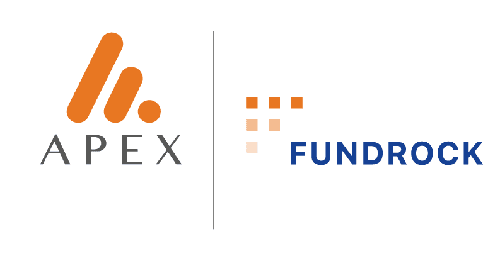Our response to ESMA Consultation paper on guidelines on article 25 of AIFMD 2011/61/EU
04 September 2020
Who are we?
FundRock Group is a leading independent UCITS Management Company and Alternative Investment Fund Manager (AIFM), offering solutions for Luxembourg, UK, Ireland and French based funds, with paid up capital in excess of the €10 million capital requirement ceiling. We have built a long track record by offering full substance and robust funds governance based on a strong foundation dating back 1935 (RBS Trustee & Depositary Services).
Our clients are established blue-chip companies and leaders in their domestic market. This is important to us as well as being increasingly important to asset managers and investors, as it means there is a low contagion risk to their brand and investments.
We have over 130 dedicated staff in 5 countries (Luxembourg, Ireland, United Kingdom, Singapore and France). We manage over 440 funds with assets under management of € 84 billion (as at August 2020). Our funds are distributed over 30 countries.
Preliminary comments
FundRock appreciates the opportunity to comment on the ESMA guidelines on article 25 of AIFMD (2011/61/EU). We have a keen interest in a strong and resilient European financial system and we also fully support the objective of issuing guidelines to ensure harmonisation among NCAs practises. However, we express some concern regarding the approach taken as it is focused mainly on active managed funds using leverage while other unleveraged funds may present higher systemic risk.
Before responding to the consultation, we would like to emphasise the following points:
- The asset management sector is not the banking sector
Asset management and investment funds are quite distinct from banks and not engaged in banking activity. Consequently, the solutions put in place in the banking sector are not appropriate to the asset management sector.
- Leverage is not always synonym of risk
The use of leverage should not always be considered risky per se and at the origin of potential systemic consequences. It involves risk only if other considerations (such as liquidity, maturity, asset classes, and type of investor) are not appropriate to the strategy pursued. For instance, selling highly leveraged funds to retail investors offering regular redemption periods is riskier than selling the same funds only to pension funds with a 10-year lock-up period, due to the nature of the investors and the lock up. Consequently, leverage cannot be the only criteria; other factors have to be considered.
Another example of highly leverage strategy without risk is the arbitrage of a future contract including the cheapest to deliver assets in the contract specification. This strategy of being long on the future contract and short on the cheapest to deliver (or vice versa) enables the market making of two (2) similar instruments. Without leverage the market making will not be possible as the strategy won’t be profitable.
- Active investment funds are all different and play a crucial role in financial markets
Active managed funds offer different types of strategies, ensuring the efficiency of the financial markets by providing liquidity and pricing to securities. The diversity of those strategies, including leveraged funds, are essential to the functioning of the markets. Prohibiting or limiting the use of leverage will impact their functioning. Therefore, price and liquidity would be influenced by fewer market participants. This would be detrimental to the financial markets.
- EU supervision matters



